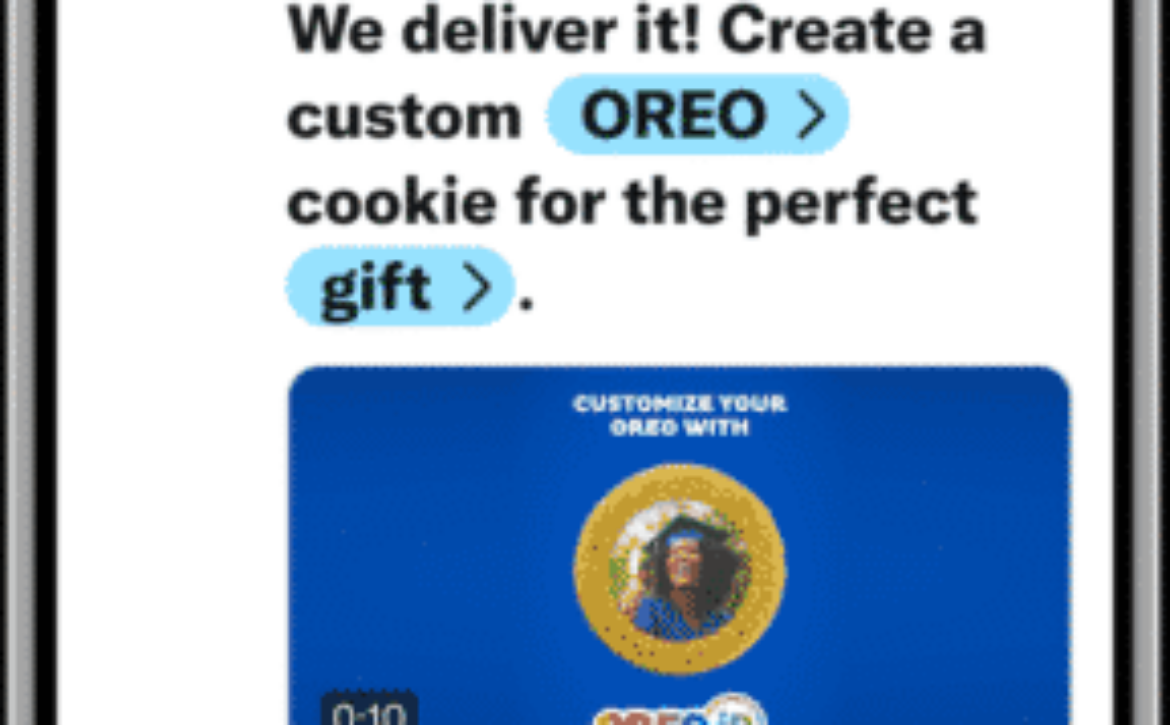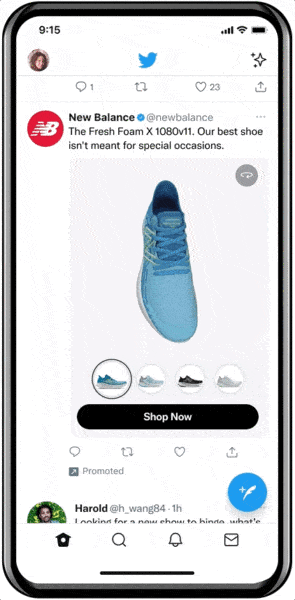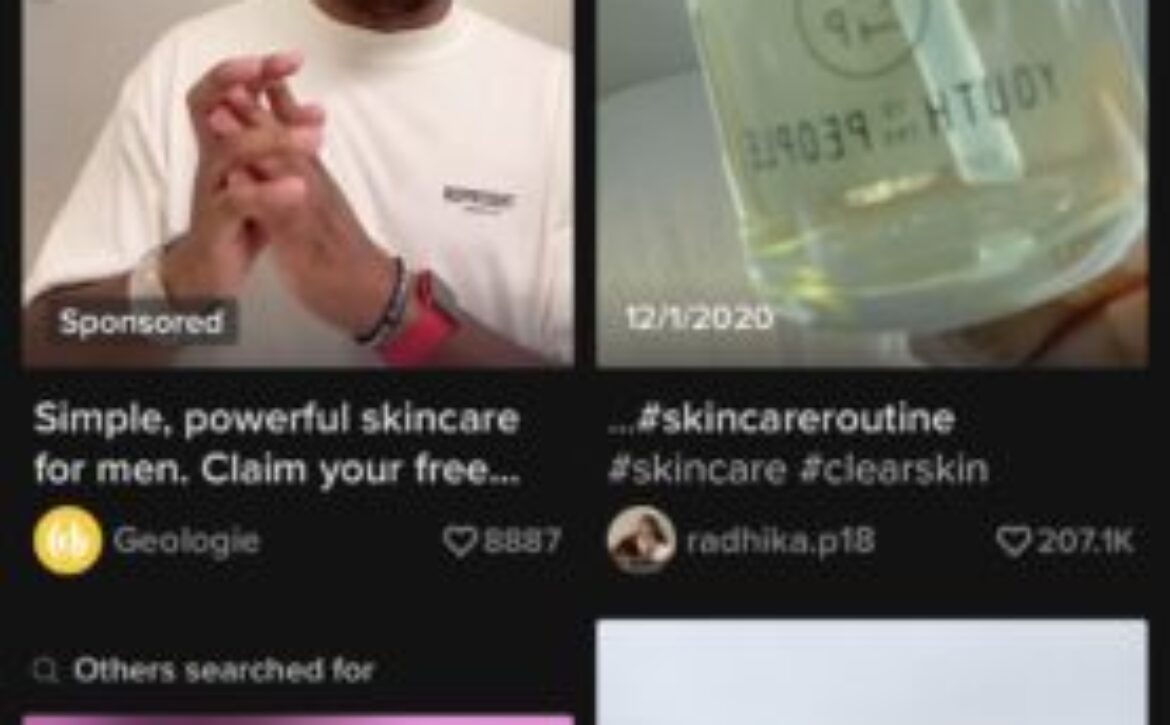How to create a three-tier blog strategy to increase revenue
You’ve completed your audience analysis – you know exactly who you’re targeting.
You’ve done your keyword research – you’ve mapped out your blog topics and what keywords to include in those posts.
You’ve completed your competitive research – you know which pages are ranking in the top three positions of Google, what information they cover within them and their word count.
You’ve outlined your blog post – you know what you want to say to your audience.
These few steps lead the way for reputable blog creators.
But sometimes, even the most effective blog writers fail to focus on sales data – where are these visitors in the sales funnel?
These visitors typically represent three levels:
- Newbies (at the top of the sales funnel) don’t know much about your product, services, industry or business.
- Intermediates (in the middle of the sales funnel) are educated but crave more knowledge.
- Experts (at the bottom of the sales funnel) are, well, experts and seek something new.
Before the writing begins, you need a blogging strategy that targets these different levels. A three-tier blogging strategy can help influence and persuade the basic levels of prospective customers within the sales funnel.
A tale of three buyers
Consider where your prospective customers are at in the sales cycle when formulating your blog strategy and creating content for each buyer’s persona tier. When creating content for your business, regardless if it’s product- or service-based, the blog strategy will do best initially by representing content rationed as follows:
- 50% created for newbies at the top of the sales funnel who need as much education as possible.
- 25% for intermediates who have some base knowledge but are seeking more.
- 25% for experts ready to buy but thirsty for an innovative look at your industry, products, or services.
Here’s a quick example of how this would work for a ghostwriting agency:
- 50% for those who know nothing or little about ghostwriting, including how it works. This content is built to get these readers into the business universe and influence them to learn more.
- 25% for those who have a deeper understanding of ghostwriting but search for new techniques and reputable help.
- 25% for those who have used ghostwriters in the past are looking for one with a particular edge over the competition.
Again the 50/25/25 is common. But if you have an exclusive product directed toward knowledgeable people, you may want to focus on intermediates and experts. You’ll learn more as you collect data and test.
This blogging strategy is not just for prospective customers. You can also use this information to continue influencing and building your reputation for existing clients – something that is especially effective for your intermediate- and export-focused blogs highlighted in newsletters sent to existing customers.
How to create a three-tier blogging strategy
To create this three-tier blogging strategy, begin with a deep analysis of your current traffic and sales demographics, which hopefully your company or client’s company has available.
Imagine someone who sells only high-performance parts for Ducati motorcycles, primarily for racers but used by Ducati enthusiasts. For the sake of simplicity, we’ll call it the Ducati Shop. The target audience consists of professional race teams with a higher budget and Ducati owners who like to splurge on their exclusive machines.
Regarding traffic demographics, Google Analytics provides much to get you started, such as age, gender, location, and acquisition metrics (e.g., which social network did visitors come from).
With this knowledge available, you can then tweak the focus of your blog strategy on your most frequent visitors.
In our Ducati Shop example, say 80% of the traffic was males in their 40s located in California, and most of them are arriving on your website through Facebook traffic.
That provides some baselines for topic ideas that will influence, which you can explore deeply. For example, the research would include motorcycle-specific events or locations in California that would attract a Ducati owner. And the place to find them? Facebook.
That would start some high-level thinking of topics, such as:
- Top Nine California events for Ducati owners in 2022
- Are you prepared for your next Laguna Seca Track Day? (Laguna Seca is a track in California)
- Follow these five Ducati Facebook groups if you live in California
Next would be some sales data. For example, what are the highest ROI services/products you sell? And what is the top-selling product, and how can you market it better?
You can then mention those products/services within your blogs with various anchor text pointing toward your main selling pages. This will naturally help your overall SEO strategy and influence the readers about what you’re marketing without making a direct selling statement.
Much more data will be available as you monitor your content, including what type of messaging/voice, length, or CTAs convert best within each piece of content. This is where it’s wise to set up goals in analytics to track your blogging strategy’s progress directly.
More data helps you better influence future blogging strategies and tweak older blogs based on this new knowledge. And a bonus exists with tweaking older content: search engines want to provide searchers with fresh, useful information. If it’s good for searchers, it’s good for your audience.
You can split your content into the 50/25/25 blend, which again may change based on your testing of ongoing content strategies.
Tier 1: Blog strategy tips for newbies
When writing for the newbies’ portion of your content, begin with a 50% share of your blogging strategy. Create a sharp focus here on creating pillar or skyscraper pieces that you can continuously use as a focus for internal and external links.
This content is for those just entering the sales funnel, which means you want to educate them and influence them to return to you for information. Most of these readers won’t be first-time buyers, but your influence as the authority on the subject will influence them – a reason why you must create much high-level content that talks to these beginners.
You want to chase rankings for long-tail keywords on the broader spectrum. Businesses with a sharp focus will have easier ranking due to the lack of search volume in the “broader” target keywords. Rather than “Ducati Parts,” which would be tough to rank for due to its 1,000 monthly search volume (according to Semrush data) and some established websites owning the top positions, including Ducati itself holding the top spot.
Instead, optimize the 50% of newbie blogs on longer-tail but still broad keywords such as “Ducati parts online” (390), “Ducati scrambler aftermarket parts” (320), and “Ducati performance parts” (210).
This is also where an attractive title will help influence click-throughs, especially when these blogs are amplified through social media, newsletters and paid ads.
For these blogs targeting newbies, “how-to” titles work, and those that show a promise, such as increasing revenue by using a three-tier buyer’s persona blog strategy.
Tier 2: Blog strategy tips for intermediates
Next, focus 25% of your blogging strategy on creating content for the intermediate crowd in the sales funnel. These readers are educated but not experts and need that extra boost of influential content to either return to your website for more or become a client.
When creating these topics, you can dig deeper into your knowledge base as a content creator. Here’s where you can exploit the meaning behind a case study that relates to your business or take a deep look into your industry’s history or past successes.
Here the Ducati Shop would create content around a deep history of a particular motorcycle model, such as a 916 Superbike or a Monster. This blogging strategy would help provide reputable and quality content about these models and soft-sell the performance parts available for the models through both internal links and in-text CTAs.
Here you can get more granular on keywords, chasing even longer-tail keywords. The strategy would be to add extensions for each motorcycle model for the Ducati Shop, such as “Ducati Panigale parts online” or “Ducati Monster parts online,” etc.
It’s all about adding value to the reader’s intent. This 25% of readers know the subject matter and want deeper knowledge. Giving this audience what they want may influence them to return to your website or (even better) become a customer or client.
Tier 3: Blog strategy tips for experts
Here’s where you can focus on super long-tail keywords – only ones that typical experts within a field would know. These readers are ready to buy now. They are knowledgeable but are looking for the perfect product or partners, contingent on your business.
If the online Ducati shop sells complete racing parts that only expert mechanics or racers would understand, such as flashing an ECU for a V4 Panigale, offer content that explains the available benefits and options. Those low-volume keywords can drive thousands in sales with less effort than ranking a blog for newbies.
Here’s a wise place to expose your highest-priced items. If you’re an SEO agency with a $25,000 monthly enterprise campaign with proven case studies, use those case studies to find a super-focused audience searching for longer-tail, super low-volume keywords.
Summary
Understanding your audience demographics and sales data is the first step to driving the three-tier blogging strategy. Visualize these clients. Separate them by their education about your industry and products/services.
- Are they newbies who know nothing?
- Are they well educated but crave more knowledge to join your universe of frequent content?
- Or are they experts looking to buy now?
Experiment with creating a three-tier blogging strategy with a 50/25/25 blend of focuses. Influence at each of these stages in the sales funnel. Continually test to see where you’re most successful. The 50/25/25 blend is only a starting point; keep tweaking as your revenue grows.
The post How to create a three-tier blog strategy to increase revenue appeared first on Search Engine Land.










